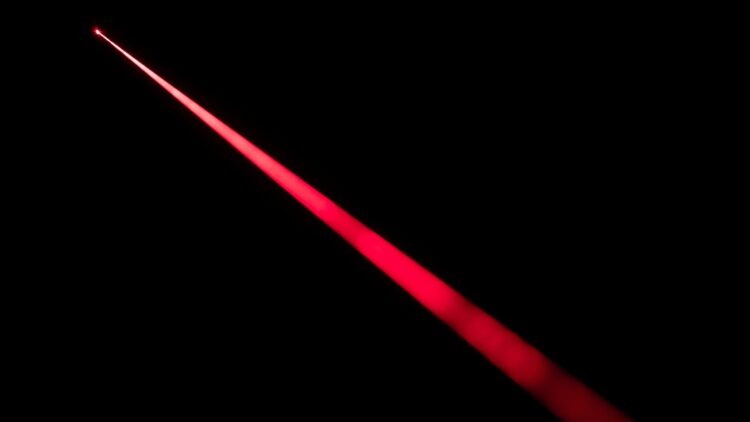One of the most important elements of sending spacecrafts back and forth is the materials they are constructed with. These materials need to be able to withstand extreme pressures and temperatures in a way that is very different to anything that they have to do on Earth. For reference, just the friction from returning from the International Space Station heats up a capsule’s exterior to around 1,600 degrees Celsius. That is why choosing wisely the material is important and why a new laser based method that makes the material better is making waves.
Nowadays spacecrafts are protected by a shield made of super tough carbon and ceramic composites, but ceramics are not just important for spaceflight, they are also critical in other high-heat environments like nuclear reactors and hypersonic aircraft. That is why a new technique created by a team at North Carolina State University is so interesting as they have developed a laser-based method that makes these heat-resistant ceramics faster, more efficiently, and with less hassle.
The new laser technique that will revolutionize aircraft manufacturing
The material that is more predominantly used in hypersonic aircraft and rocket coatings because of its ability to handle extreme heat, maintain strength, and resist cracking or oxidizing under stress is a specific type of ceramic called hafnium carbide (HfC). The only problem is that it is extremely hard to manufacture.
As the North Carolina University team wrote in their paper, “Achieving high-purity HfC with consistent properties on a large scale remains a significant challenge, primarily due to the high energy consumption of traditional processing techniques and their limitations in effectively controlling material properties.”
The traditional way of making ceramics like HfC involves sintering, which is a process where powders or liquids are turned into solid ceramic materials through heat. This process takes a lot of time and energy and needs to be quite exact to be successful. One common method, mechanochemical synthesis, involves intense grinding of metal and carbon powders, then baking the mix in a controlled atmosphere. Another approach is carbothermal reduction, where hafnium oxide is combined with carbon and heated until it becomes HfC. Both get the job done but are far from efficient and often produce uneven results.
The new laser method can change the game because instead of breaking the process into multiple steps, it does the entire process in one go. A CO₂ infrared laser heats up small spots to 2000°C almost instantly, converting a liquid polymer into a solid, and then straight into ceramic. “However, this all happens very quickly; it’s essentially a one-step process,” explained Cheryl Xu, one of the lead researchers and a professor of mechanical and aerospace engineering at NC State.
Since you do not need to heat an entire structure you can be quite quick and precise, which is great when manufacturing delicate parts that would get damaged in a conventional furnace. As Xu continued to explain “Since the sintering process doesn’t require exposing the entire structure to the furnace heat, the new technique is promising, as it allows us to apply ultra-high-temperature ceramic coatings to materials that could be damaged during sintering in a furnace.”
This does not just increase production speed, but also efficiency, as the laser process converts at least 50% of the material into ceramic, which is a notable improvement over the 20–40% conversion rate of older techniques. It also makes the process portable, as while there are conditions that the laser needs to be in to work, tit is far easier to move a laser and a small vacuum chamber than to haul around a massive high-temp furnace.

